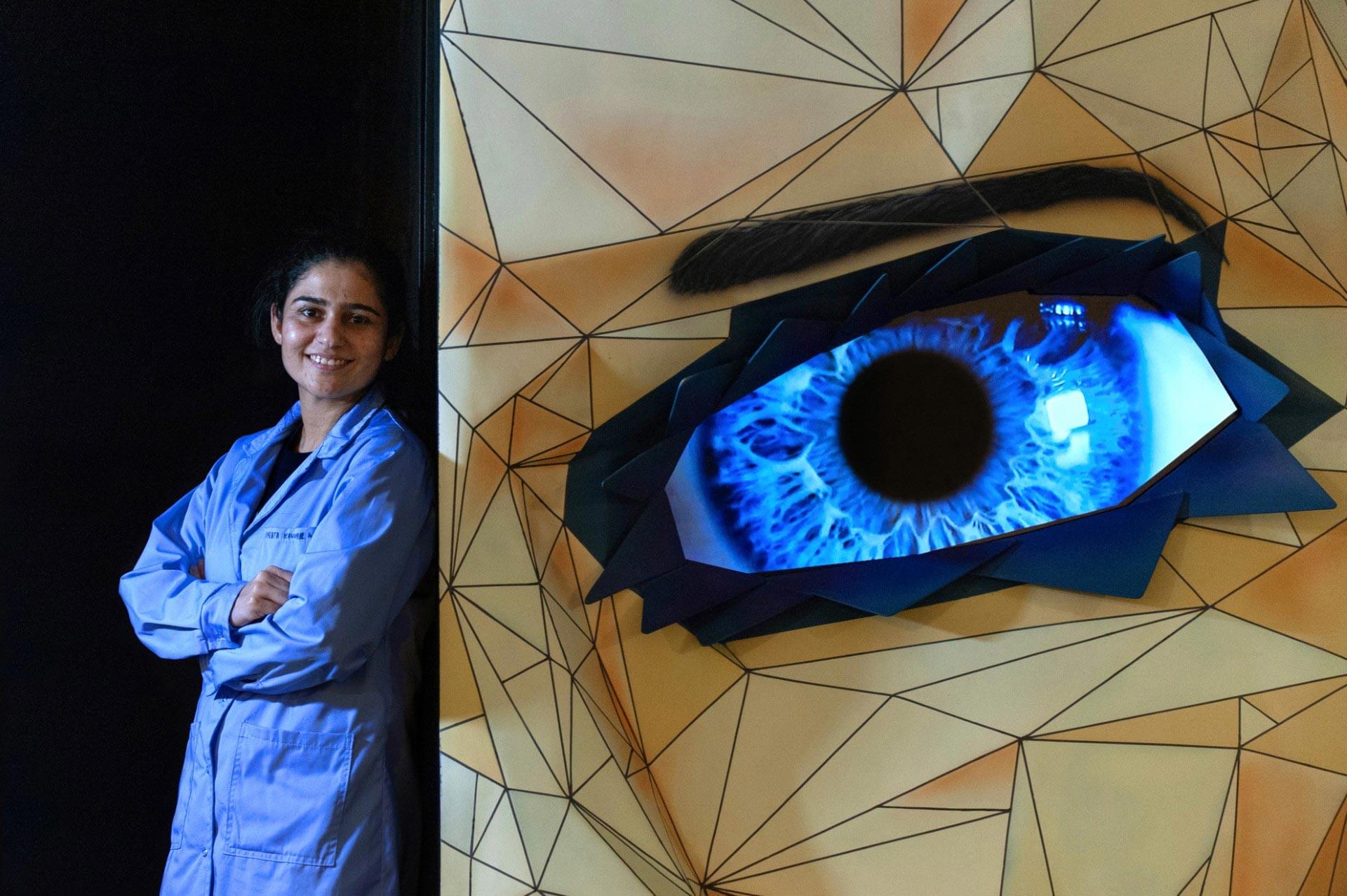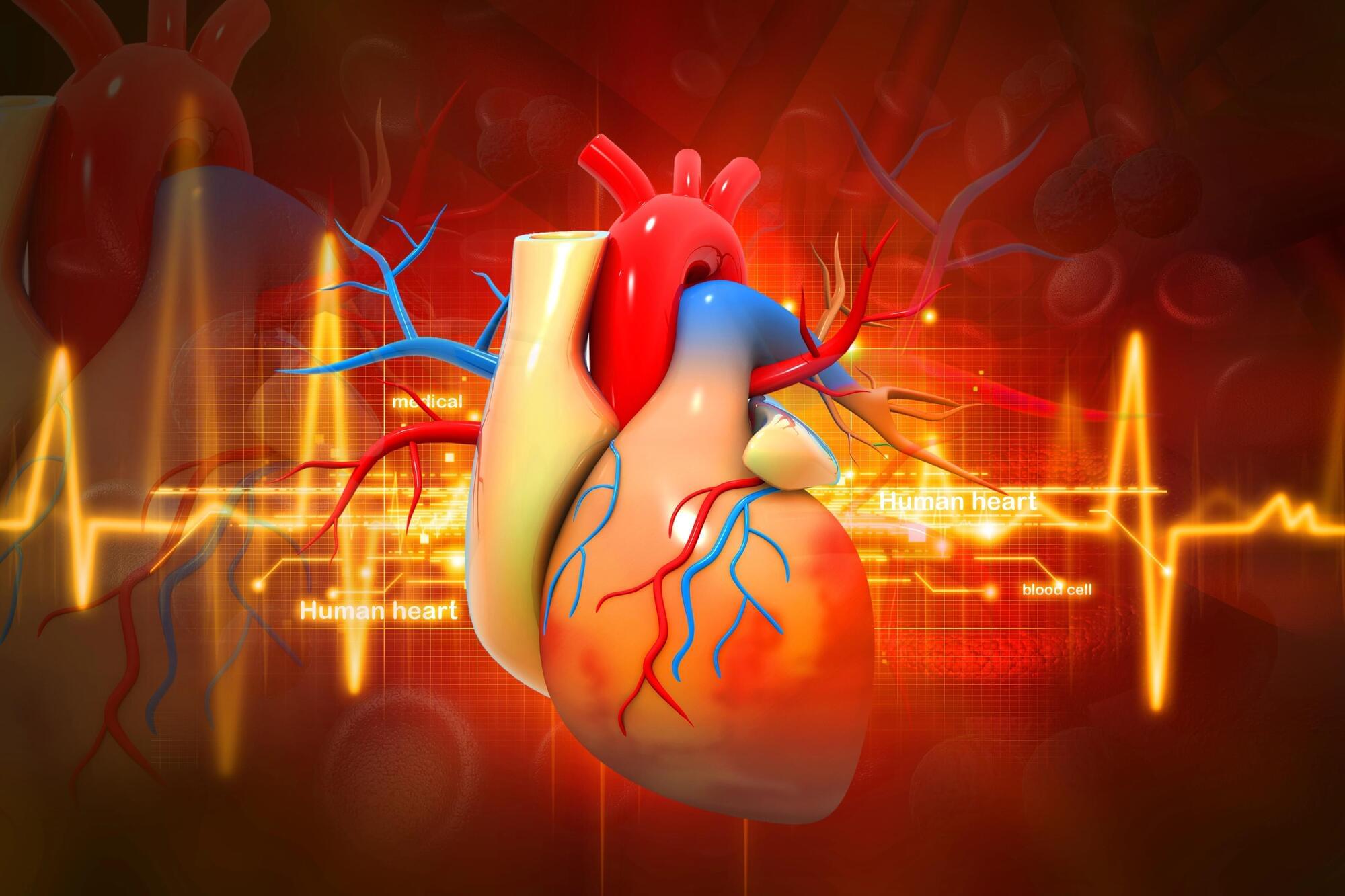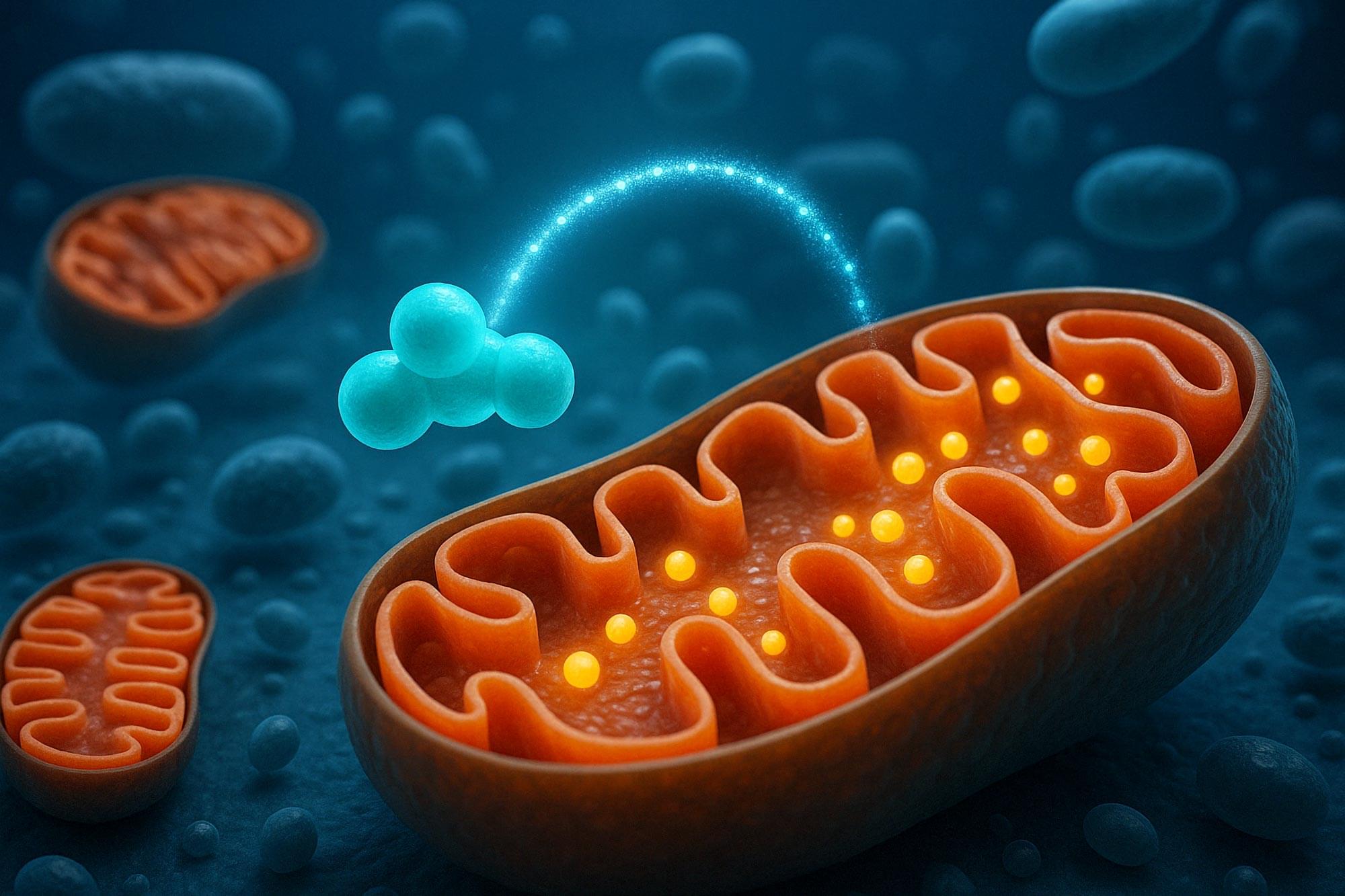A new international study reveals a possible connection between GLP1 receptor agonists—used in drugs like Ozempic—and increased risk of depression and suicidal ideation, especially in people with low dopamine function.



Understanding and treating brain disorders such as tremor, imbalance, and speech impairments requires deep knowledge of the cerebellum, a part of the brain that’s crucial for making accurate movements.
Scientists have long been able to eavesdrop on and record the electrical signals transmitted by neurons (brain cells) in the cerebellum, allowing them to observe the signals entering and exiting this region. But the computations that the brain performs between the input and output have been largely a mystery.
However, that is now changing. A team of researchers, including those from Baylor College of Medicine, have created an artificial intelligence tool that can identify the type of neuron producing electrical signals recorded from the cerebellum during behavior, allowing a new understanding of how the cerebellum works.

Fifty years since its discovery, scientists have finally worked out how a molecular machine found in mitochondria allows us to make the fuel we need from sugars, a process vital to all life on Earth.
Scientists at the Medical Research Council (MRC) Mitochondrial Biology Unit, University of Cambridge, have worked out the structure of this machine and shown how it operates like the lock on a canal to transport pyruvate—a molecule generated in the body from the breakdown of sugars—into our mitochondria.
Known as the mitochondrial pyruvate carrier, this molecular machine was first proposed to exist in 1971, but it has taken until now for scientists to visualize its structure at the atomic scale using cryo-electron microscopy, a technique used to magnify an image of an object to around 165,000 times its real size. Details are published in Science Advances.


Northeastern University researchers resurrected an extinct plant gene, turning back the evolutionary clock to pave a path forward for the development and discovery of new drugs.
Specifically, the team, led by Jing-Ke Weng, a professor of chemistry, chemical biology and bioengineering at Northeastern, repaired a defunct gene in the coyote tobacco plant.
In a new paper, they detail their discovery of a previously unknown kind of cyclic peptide, or mini-protein, called nanamin that is easy to bioengineer, making it “a platform with huge potential for drug discovery,” Weng says. The paper is published in the journal Proceedings of the National Academy of Sciences.

“Vaping and dabbing were most common among young adults aged 18–24 years. Trends in both of these routes of use have increased among adolescents and young adults.”
How does the average U.S. adult consume marijuana? This is what a recent report published by the Centers for Disease Control and Prevention (CDC) hopes to address as a team of CDC researchers investigated the range of cannabis products that are used by U.S. adults and which products are used more than others. This report has the potential to help scientists, legislators, and the public better understand cannabis use throughout the United States and develop educational and preventive measures for its use.
The report states, “As the availability and types of cannabis products expand, less is known about how persons consume cannabis. Historically, cannabis has most often been smoked; however, additional routes of use are available, including oral ingestion, vaping, and more recently, dabbing (i.e., inhalation of highly concentrated THC-based oils often heated using a blowtorch).”
For the study, the researchers conducted a survey of 138,625 participants to identify how both the frequency and method of cannabis use and broken up into several age groups. In the end, they found that 14,044 (15.3%) used cannabis with 6,848 (7.9%) using it daily. They found that 79.4% smoked cannabis while eating, vaping, and dabbing comprised 41.6%, 30.3%, and 14.6%, respectively. Additionally, 29.3% of non-Hispanic American Indian or Alaska Native (AI/AN) individuals were found to participate in dabbing, along with 23% of individuals without a high school diploma.

For the first time, surgeons have successfully performed a remarkable new heart transplant in which the donor organ never skips a beat in the process, reducing the damage that can occur during such a complex operation. It ushers in a new era of more successful heart transplant surgery.
A team of surgeons at the National Taiwan University Hospital (NTUH) in Taipei undertook the revolutionary operation, during which the donor heart continues beating between the organ removal and transplantation stages. Traditionally, the donor heart would be removed and preserved in cold storage to reduce its workload – during this stage, it’s considered “ischemic time,” or the period during which the organ is cut off from blood supply. This comes with the risk of heart damage and rejection once it’s transplanted into a recipient.
When the heart is deprived of blood, ischemia – a shortage of oxygen – can damage its muscle tissue, or myocardium, reducing function and health once it is transplanted. While an organ set for transplant rarely endures more than a few hours in ischemic time, it can still lead to myocardial damage.


Controlling the uniformity in size and quantity of macroscopic three-dimensional (3D) DNA crystals is essential for their integration into complex systems and broader applications. However, achieving such control remains a major challenge in DNA nanotechnology. Here, we present a novel strategy for synthesizing monodisperse 3D DNA single crystals using microfluidic double-emulsion droplets as nanoliter-scale microreactors. These uniformly sized droplets can shrink and swell without leaking their inner contents, allowing the concentration of the DNA solution inside to be adjusted. The confined volume ensures that, once a crystal seed forms, it rapidly consumes the available DNA material, preventing the formation of additional crystals within the same droplet. This approach enables precise control over crystal growth, resulting in a yield of one DNA single crystal per droplet, with a success rate of up to 98.6% ± 0.9%. The resulting DNA crystals exhibit controlled sizes, ranging from 19.3 ± 0.9 μm to 56.8 ± 2.6 μm. Moreover, this method can be applied to the controlled growth of various types of DNA crystals. Our study provides a new pathway for DNA crystal self-assembly and microengineering.

After more than five decades of mystery, scientists have finally unveiled the detailed structure and function of a long-theorized molecular machine in our mitochondria — the mitochondrial pyruvate carrier.
This microscopic gatekeeper controls how cells fuel themselves by transporting pyruvate, a key energy source, across mitochondrial membranes. Now visualized using cryo-electron microscopy, the carrier’s lock-like mechanism could be the key to tackling diseases like cancer, diabetes, and even hair loss. By blocking or modifying this gateway, researchers believe we could reroute how cells generate energy and develop powerful, targeted treatments.
Unlocking a Mitochondrial Mystery.